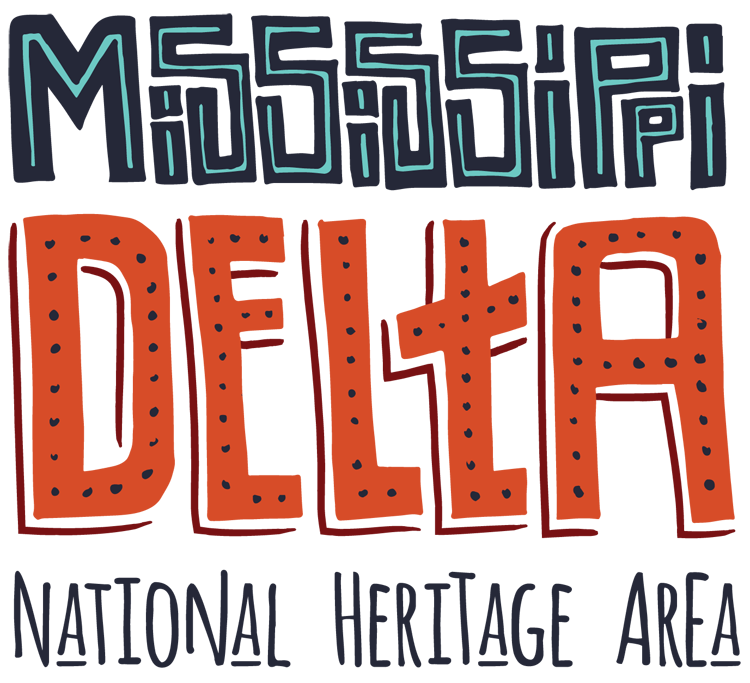About Us
The Mississippi Delta National Heritage Area (MDNHA) is the land where the Blues began, where Rock and Roll was created and where Gospel remains a vibrant art. It is an agricultural region where cotton was once king, and where ‘precision-ag’ rules today. It is a place that saw the struggles of the Civil War and the cultural revolution of the Civil Rights Movement. It is the home of the Great Migration, and a land of rich culinary, religious, artistic and literary heritage.
The MDNHA is a partnership between the people of the Mississippi Delta and the National Park Service. It is one of 55 National Heritage Areas in the United States designated by Congress that tell nationally important stories, celebrating our nation's diverse heritage through community-based partnerships and local collaboration.
The mission of the MDNHA is to foster preservation, perpetuation and celebration of the Mississippi Delta’s heritage through collaboration and sustainable economic development. Toward fulfilling this mission, the MDNHA focuses on developing five interrelated cultural heritage themes:
(1) The Mississippi River and the Land It Embraces;
(2) The Culture of the Blues and the Birth of an American Sound;
(3) Moving Toward Freedom: Changing America’s Character in the Struggle for Rights;
(4) Growing More Than Cotton: The Delta as a Wellspring of Creativity; and
(5) The Delta Divide: Creating the Delta’s Diverse Communities.
The MDNHA was designated by Congress in 2009. The MDNHA is managed by The Delta Center for Culture and Learning at Delta State University and is governed by a 15-member board representing agencies and organizations defined in its Congressional legislation. The MDNHA includes 18 counties that contain land located in the alluvial floodplain of the Mississippi Delta: Bolivar, Carroll, Coahoma, DeSoto, Holmes, Humphreys, Issaquena, Leflore, Panola, Quitman, Sharkey, Sunflower, Tallahatchie, Tate, Tunica, Warren, Washington and Yazoo.








